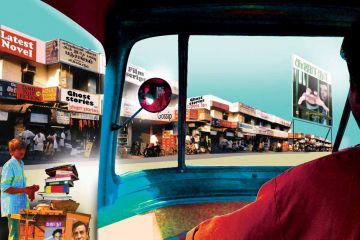
On the afternoon of September 30, a white Toyota Innova stopped near a tea stall outside the bus stand in Badhaut, a town in Baghpat district of western Uttar Pradesh. It was a busy day and the narrow road was crowded with buses, rickshaws and autos. Five men got down and walked towards the tea stall. Twenty-two year old Sumit Gurjar, a farmer, was having tea. Within seconds the five men were upon him. They caught him by his hands and legs, even as he screamed and kicked for help, and shoved him





